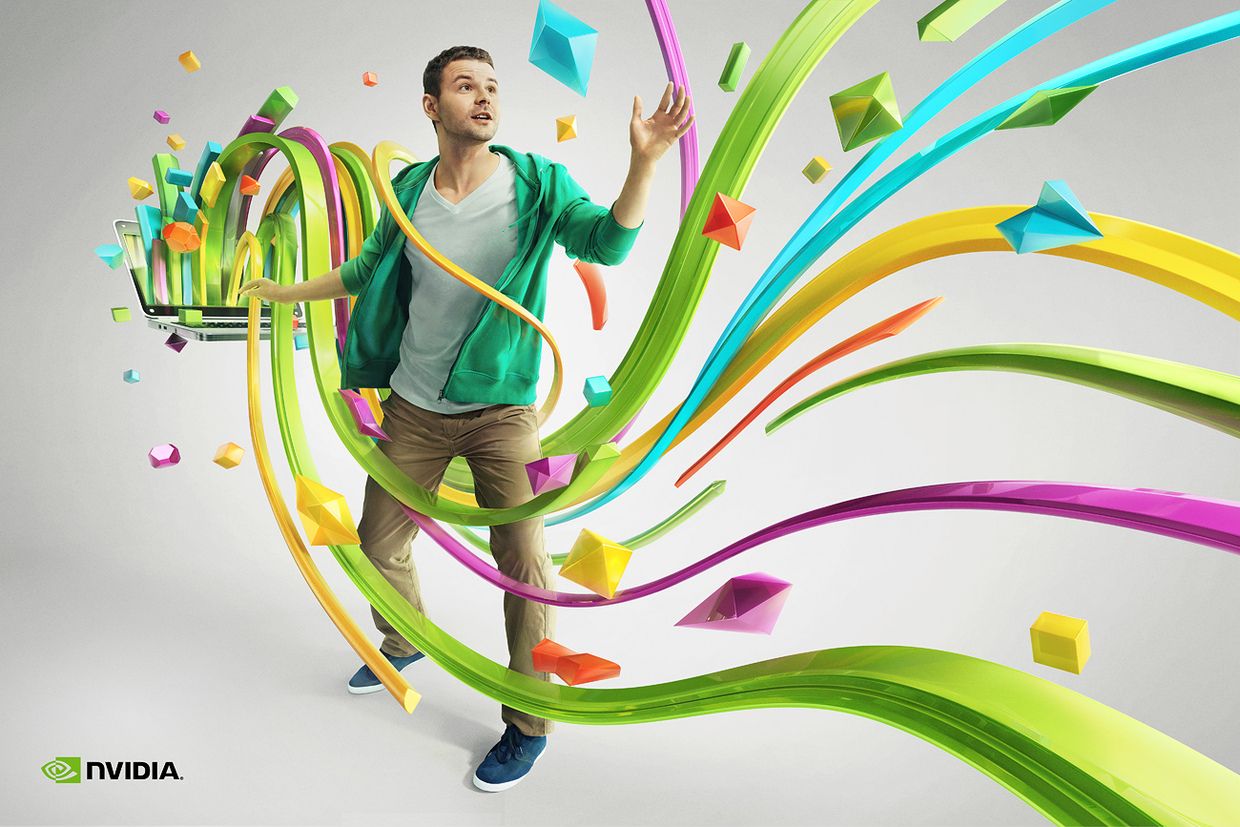Hiring and training employees for your in-house marketing team can be a costly affair. Agencies help you save time and energy and still manage to produce high-impact campaigns.
Market research helps to identify consumers and design ads that are more likely to convert. Agencies also have the advantage of staying up-to-date on shifting industry trends.
Marketing Strategy
An ad agency can help businesses develop a marketing strategy that will encourage consumers to purchase their products/services. These strategies often include branding and media planning/buying.
In the past, bona fide ad agencies were simply ad representatives who purchased advertising space in various newspapers at discounted rates and then resold it to their clients at higher rates. Today, an ad agency can provide a full-stack of services from research and development to digital marketing.
A good ad agency has copywriters to write clear, concise copy that sells a product or service. They also have art and graphic design teams who use digital software to create visual concepts that become print and web ads. They also have multimedia and web designers who turn these visual concepts into interactive online experiences for users.
Research & Development
Research & Development (R & D) in the context of marketing involves researching and developing new products or services. It requires a significant upfront investment and stipulated time for completion. It is a key component of a company’s strategy and provides a competitive edge in the marketplace. Despite common stereotypes of R&D as a collection of ivory tower scientists focused on technology and marketing as a group of sales focused artists, both organizations work together in a well-defined and coordinated fashion.
There are two main types of R&D: basic and applied research. The former is research for the sake of learning, such as an ecommerce firm researching innovations in AI with no immediate practical application. The latter takes the findings of basic research to the next level by carrying them to a commercially viable endpoint such as an automated cashier at a retail store.
Branding
A firm’s branding is its identity, which determines how consumers see a company. Agencies can cultivate the brand image to make the business more desirable and competitive, while also staying ahead of technological developments like virtual reality and artificial intelligence.
Creative services departments in ad agencies create assets for marketing, branding strategies, and sales promotions. They usually work with the account planning department to gather information about a client’s market and goals before designing an advertisement. They may also research the best media outlets to place ads (television, magazines, social media, billboards), and determine the time of day when they should air. They also negotiate the media rates and monitor the results. They can also create a website for the client.
Media Planning & Buying
Media planning is a behind-the-scenes process that determines how, where and when your campaign should be displayed. It includes a comprehensive review of your marketing objectives, target audience, and current trends to develop a media strategy that maximizes your ROI through paid advertising.
Media buyers take this strategy and procure ad space across platforms that will reach your audience, at the right time, with the right message. This can be done through direct buys (where you negotiate with publishers) or programmatic buys, which automate the purchasing process and optimize ad placements.
Media execution is the nitty gritty of how digital campaigns are deployed, and it requires expert knowledge of bidding techniques, tracking, analytics, optimization, creative trafficking, tagging, and pacing. It also involves identifying discrepancies in ad accounts and reconciling them with purchase orders.
Creative Design
Creative agencies are responsible for producing ads and other marketing materials that meet clients’ goals. These may include brochures, product packaging, and online video advertisements. They also create logos, slogans, and jingles that convey a brand’s message.
The creative department is led by the agency’s creative director and includes graphic designers, art directors, copywriters, ad specialists, and photographers. They collaborate with content teams to make sure that the finished project meets client standards.
Account managers keep the ad agency running smoothly. They manage client relationships and ensure that bills are paid on time. They also track campaign performance and provide reports to clients. Media planners identify a target audience and choose marketplaces to reach it. They also develop a timeline and budget for ad campaigns.

